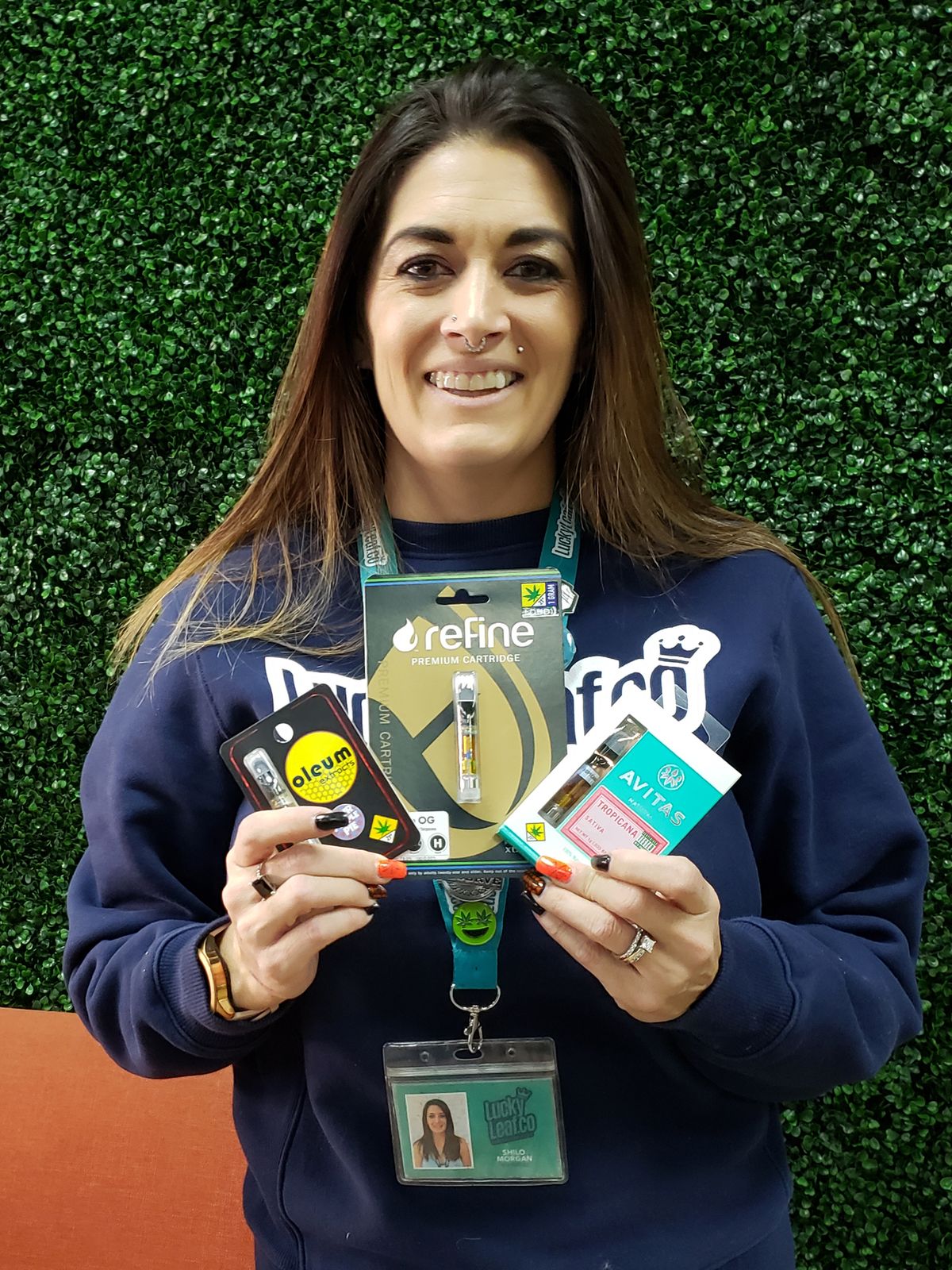Cannabis industry concerned about unknowns of current flavored vape ban

Introduce a sleek, stylish gadget that delivers nicotine or THC, but in a smoke- and odor-free form, and tastes like mint, fruit or crème brulee. What could go wrong, especially if it makes its way into the hands of curious, impressionable teenagers?
This blending of an addictive substance and sweet flavors plus the social appeal of smoking, at least among teens, has led to what health experts are calling an epidemic over vaping.
As of late October, lung injuries directly connected to vaping with electronic cigarettes have surpassed 1,299 cases in 46 states and the U.S. Virgin Islands, along with 24 deaths, all within a five-month period.
In Wisconsin, six otherwise healthy teens were admitted to a hospital in the same time period with shortness of breath, chest pain and fatigue. In the following months similar reports came in from other states with similar or more severe symptoms.
In response, Washington Gov. Jay Inslee directed the Washington State Department of Health to adopt emergency rules to ban all flavored vaping products for 120 days, including those that contain nicotine and THC. The rule, which was passed Oct. 10, is set to expire in February.
The Liquor and Cannabis Board also has required retailers and growers to display signage and list ingredients in vape products. Retailers are also permitted to return unsold flavored vape products to processors for credit.
While the ages of the reported patients have ranged from 18 to 75, health authorities are especially concerned about the growing popularity of vaping among teens. From 2011 to 2018, the rate of vaping among U.S. high school students rose from 1.5%, or 220,000 students, to 20.8%, or 3.05 million students, per the Centers for Disease Control.
“The state [of Washington] is just saying that they’re going to take time to investigate the cause of some of these illnesses. So they’ve pointed their finger at flavored vapes, I think primarily because a lot of teenagers are getting involved with nicotine vape that is flavored,” said Becca Dietz, operations manager of Cinder in Spokane.
The day that Dietz heard the order from Gov. Inslee, she deeply discounted all flavored product to get it out of the three Cinder stores before the October 10 date.
“I still believe those companies we were working with to be reliable and safe, personally, but on a professional level, we’re going to be compliant,” she said. “If there’s something unsafe, I certainly don’t want to sell it to my customers. I would rather know for sure.”
Washington Secretary of Health John Wiesman said the ban is a critical part of the response to the youth vaping epidemic.
“The evidence is clear that flavored e-cigarettes have fueled this epidemic – 97% of youth e-cigarette users report using a flavored product in the past month and 70% cite flavors as the reason for their use,” he said. “The recent spate of serious lung illnesses associated with e-cigarette use has added to the urgency of acting now to protect our kids and, indeed, the health of all Americans.”
Other states have also taken similar action to prohibit the sale of certain vaping products, including Massachusetts, Michigan and New York. In June, San Francisco became the first U.S. city to effectively ban all e-cigarette sales.
The other big question that even the industry is wondering how is why the sudden rash of health incidents when vaping has been around since 2003?
“I don’t think it has anything to do with the [vaping] juices or the cannabis oils or the terpenes. All of these products have been on the market for well over a decade,” said John Dawson, co-owner of Kung Fu Vapes in Spokane. “As far as hardware goes, we’ve been spouting off about quality and oversight issues in our industry for years and how it’s really unregulated, which leaves the end consumer very susceptible to potential risk from cheap and shoddy black market hardware.”
The Food and Drug Administration and CDC both released warnings in September, urging those who use vaping devices not to buy them “off the street” or to modify e-cigarettes or their intended substances.
While the FDA finally stepped in to regulate the industry in 2016, it only has authority over the manufacturing of vape products that contain nicotine. No federal agency monitors what goes into the vape products that claim to be non-nicotine, and FDA oversight may be years away.
“It makes it really tough because we don’t know what we’re looking for,” said Dr. Ruth Lynfield, the state epidemiologist for Minnesota, where several patients were admitted to intensive care as a result of the illness. She added that if it turns out that the products in question that have sickened people were sold by black market retailers and manufacturers, the investigation process will be much more difficult.
Dr. Dana Meaney-Delman, incident manager of the CDC’s response to the vaping-related lung injuries, encourages people to abstain.
“While this investigation is ongoing, people should consider not using e-cigarette products,” she said “People who do use e-cigarette products should monitor themselves for symptoms, for example, cough, shortness of breath, chest pain, nausea and vomiting – and promptly seek medical attention for any health concerns.”
Renee Sande has been a freelance writer for 12 years, covering the gamut from real estate to bridal to travel and now cannabis. A Spokane native, Renee has two kids and loves to explore, travel, run, read and write.